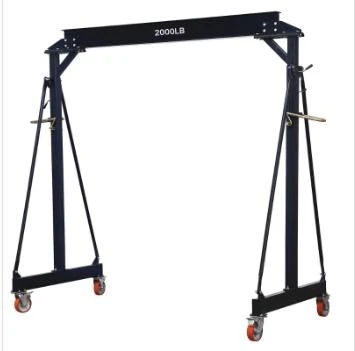industrial magnets for lifting
Industrial Magnets for Lifting A Comprehensive Overview
In industrial settings, the use of magnets for lifting heavy objects has become increasingly prevalent. Industrial magnets, particularly those designed for lifting, offer a reliable and efficient solution for moving ferrous materials, thereby enhancing workplace safety and productivity. This article delves into the various types of industrial lifting magnets, their applications, benefits, and considerations for use.
Types of Industrial Lifting Magnets
1. Electromagnets These magnets become magnetized when an electric current flows through coils of wire. Electromagnets are especially useful in situations where lifting requirements may change frequently. They can be turned on or off, allowing operators to control the lifting process easily.
2. Permanent Magnets Permanent lifting magnets generate a constant magnetic field without the need for electricity. They are generally simpler and more reliable since they don’t depend on an external power source. However, they may have limitations concerning the weight they can lift compared to electromagnets.
3. Magnetic Grippers Used in automated production lines, magnetic grippers offer precise control for picking up and moving smaller, lighter ferrous parts. They combine the functionality of traditional grippers with magnetic technology to enhance efficiency and reduce manual handling.
4. Magnetic Sweepers While not strictly for lifting, magnetic sweepers are instrumental in industrial settings for collecting stray ferrous debris. They can be mounted on forklifts or operated manually, ensuring a clean and safe working environment.
Applications of Lifting Magnets
Industrial lifting magnets are used across various sectors, including manufacturing, construction, and shipping. Their primary applications include
- Steel and Metal Handling Lifting magnets are crucial in transporting steel plates, bars, and coils in factories. They simplify operations and reduce labor costs by allowing for quick handling of heavy materials.
- Scrap Yard Operations Lifting magnets are commonly employed in recycling and scrap yards to move large quantities of ferrous materials. They can pick up heavy scrap metal and transport it to shredders or crushers without causing any damage.
- Warehousing and Logistics In warehouses, magnets can improve the efficiency of loading and unloading processes. They allow operators to handle materials quickly, thereby reducing turnaround time.
industrial magnets for lifting

Benefits of Using Lifting Magnets
1. Increased Safety Lifting loads with magnets minimizes the risk of accidents and injuries associated with manual lifting. Magnets secure objects tightly, reducing the chances of dropping loads.
2. Enhanced Efficiency Magnets can significantly speed up material handling tasks. With the ability to lift multiple items at once, they reduce the time spent on loading and unloading.
3. Cost-Effective Operations By decreasing reliance on manpower and increasing the speed of material handling, industrial lifting magnets help companies reduce operational costs.
4. Versatility Lifting magnets are versatile tools that can be adjusted to lift different shapes and sizes of materials, providing manufacturers with flexible solutions to their lifting needs.
Considerations for Using Lifting Magnets
While the advantages of industrial lifting magnets are substantial, there are important factors to consider
- Load Limits Operators must always follow the manufacturer’s guidelines regarding load capacities to ensure safe lifting practices.
- Surface Conditions Rusty, dirty, or uneven surfaces can affect the performance of lifting magnets. Regular maintenance of both the magnets and the materials they handle is essential.
- Power Supply For electromagnets, ensuring a stable power supply is crucial. Any interruption can lead to lifting failures, posing risks to safety.
In conclusion, industrial magnets for lifting play a vital role in modern manufacturing and industrial processes. Their ability to enhance safety, improve efficiency, and reduce costs makes them indispensable tools in various applications. As technology advances, we can expect further innovations in magnet designs and applications, shaping the future of material handling in industries worldwide.
-
Unlock Seamless Relocation with Our Heavy Equipment Moving ExpertiseNewsJun.06,2025
-
Unleash Unrivaled Flexibility with Our Adjustable Gantry CraneNewsJun.06,2025
-
Unleash Heavy-Duty Efficiency with Our Industrial Gantry Crane SolutionsNewsJun.06,2025
-
Revolutionize Steel Handling with Our Magnetic Lifter RangeNewsJun.06,2025
-
Master Equipment Mobility with Premium Machinery Mover SolutionsNewsJun.06,2025
-
Elevate Your Material Handling with Magnetic Lifter TechnologyNewsJun.06,2025
-
YS Permanent Lifting Magnets: The Smarter Way to Handle SteelNewsMay.22,2025
